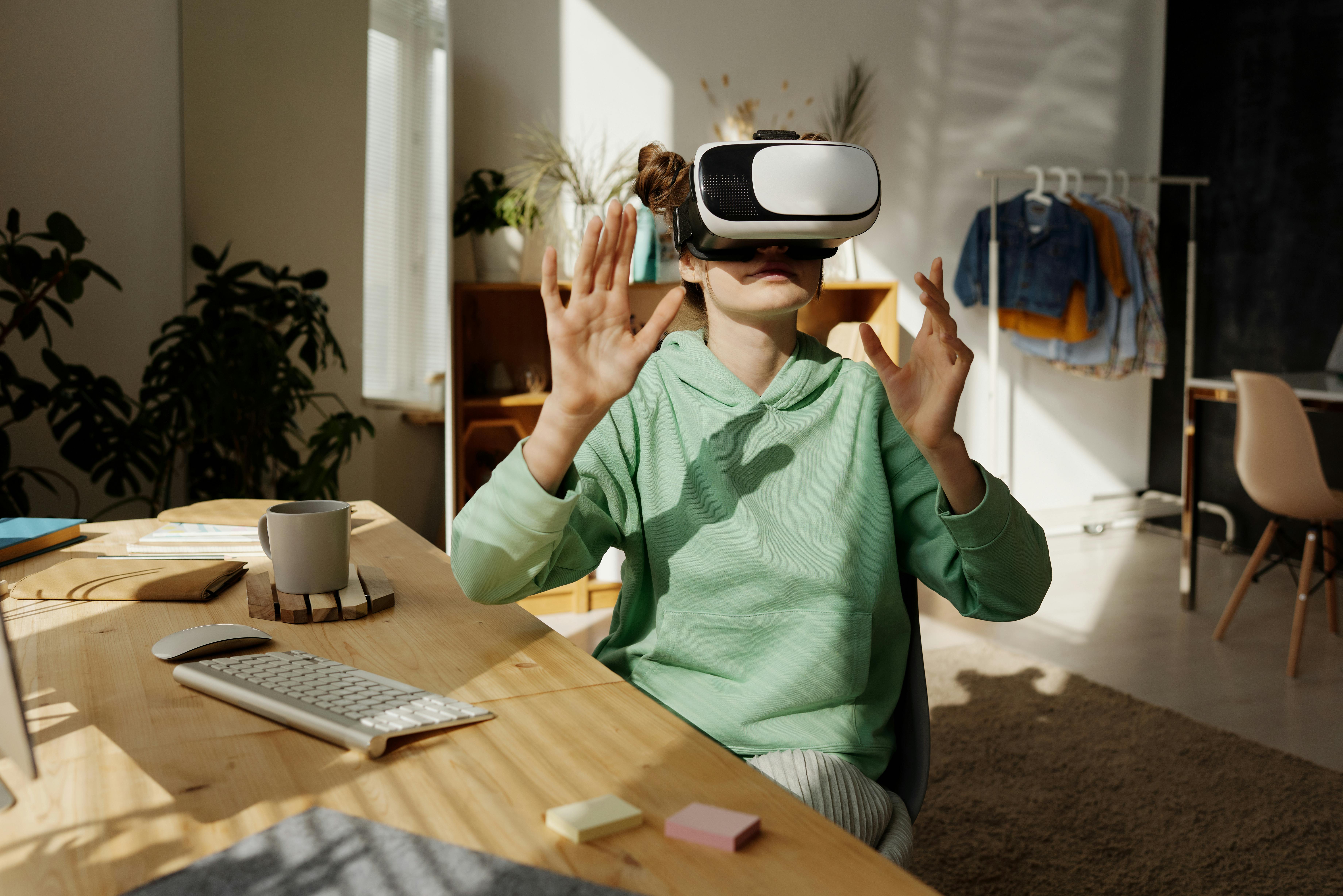Digital Renaissance: The Rise of Virtual Reality in Performing Arts
Introduction: Immerse yourself in an exploration of the transformative power of virtual reality in the performing arts. This new medium is revolutionizing the way we experience theater, dance, and music, breaking down barriers and opening up new realms of creative expression.
Background: A Digital Dawn
The advent of virtual reality (VR) technology has opened up an exciting new frontier in the performing arts. Though VR was initially developed for use in video games, its potential quickly caught the eye of artists and performers. In the past decade, VR has slowly infiltrated the performing arts scene, proving itself a game-changer in how we create and consume art.
Current Developments: VR Takes Center Stage
In recent years, VR has moved from the experimental fringes to the mainstream. With the global pandemic forcing theaters to close their doors, many turned to VR as a lifeline. Institutions like the Royal Shakespeare Company have been pioneering VR performances, offering audiences the chance to experience theater in a whole new way. Meanwhile, artists are harnessing VR’s potential to create hyper-immersive dance and music performances that defy the limitations of a traditional stage.
Impact and Reception: A New Artistic Dimension
The impact of VR on the performing arts has been profound. It offers artists a new medium to explore, one that can transcend physical limitations and immerse audiences in the heart of the performance. Critics have praised VR performances for their innovative approach and the unique opportunities they offer for audience engagement. However, there is also a debate on whether this digital shift could dilute the live, communal experience that defines performing arts.
Research-Backed Insights: The Future of VR in Performing Arts
Research indicates that VR’s influence on the performing arts is only set to grow. As technology advances, we can expect even more immersive and interactive experiences. However, it’s not just about spectacle; VR also has the potential to democratize the arts by making performances accessible to audiences worldwide, regardless of geographic or economic barriers.
The Curtain Rises on a New Era
The rise of VR in the performing arts marks the beginning of a thrilling new chapter. It’s a testament to the resilience of the arts and their ability to adapt and innovate in the face of challenges. While it’s still early days, one thing is clear: VR is not just a passing fad but a revolutionary force that’s here to stay.
In the ever-evolving landscape of the arts and entertainment industry, VR is rewriting the rules and redefining what’s possible. As we stand on the brink of this digital Renaissance, we can only imagine what the future holds. But one thing is certain: it’s going to be a breathtaking ride.







